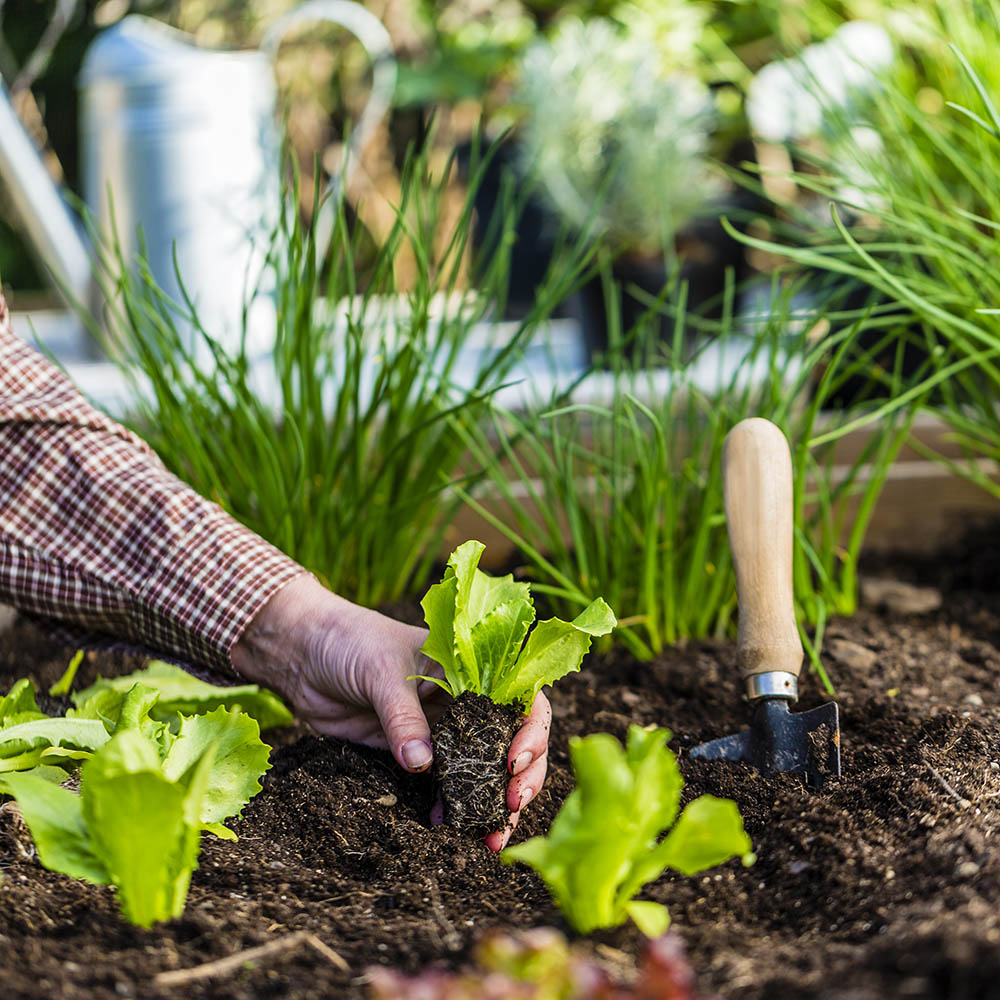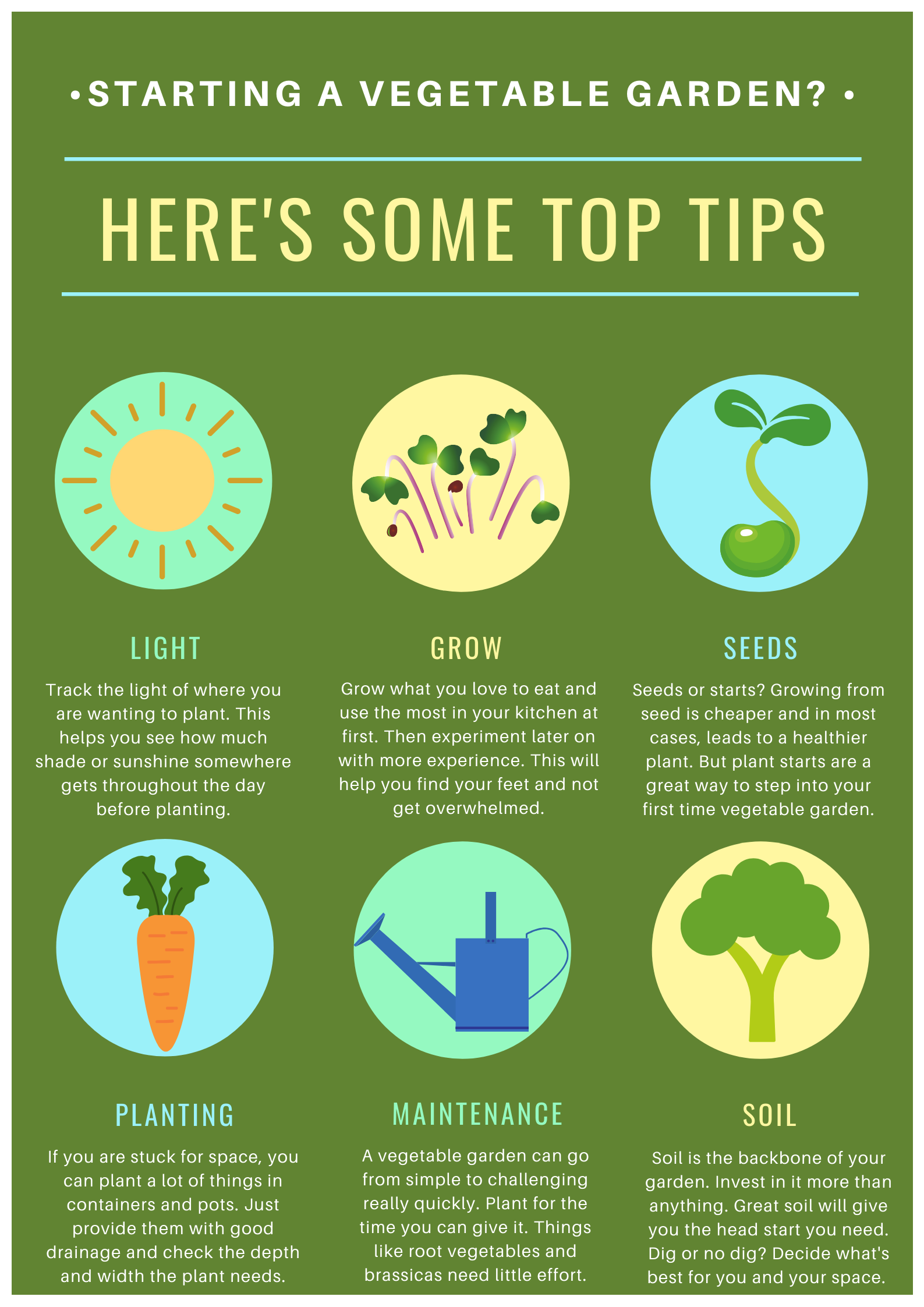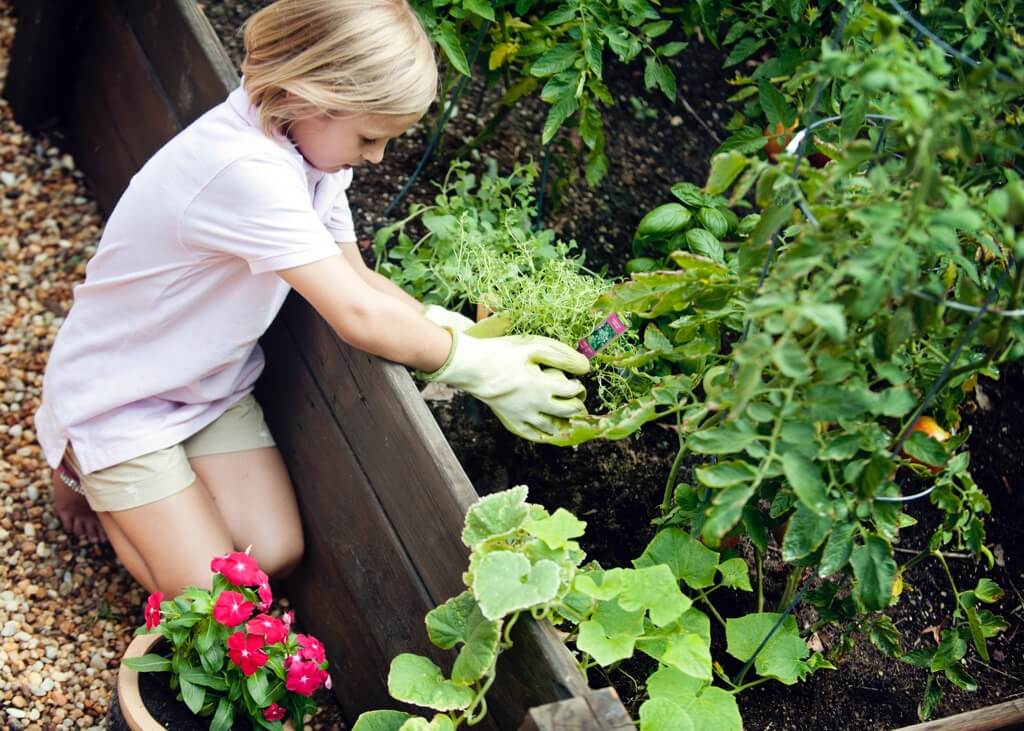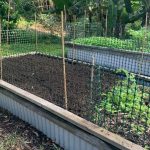Growing a garden is fun and exciting. It can be a great hobby. You can grow flowers, vegetables, or herbs. Everyone can have a garden. You just need some basic steps to follow. In this article, we will cover how to start your garden. We will discuss planning, planting, and caring for your plants.
1. Planning Your Garden
Before you start planting, you need a plan. How do you start a garden? Here are some steps to help you plan your garden:
- Choose a Location: Find a sunny spot in your yard. Most plants need at least six hours of sunlight each day.
- Check the Soil: Good soil is important. You can test your soil with a kit. Healthy soil is dark and crumbly.
- Decide What to Grow: Think about your favorite plants. Do you want flowers, vegetables, or herbs? Choose what you like to eat or see.
- Plan the Layout: Draw a simple map of your garden. Decide where to put each plant. Make sure they have enough space.
2. Gathering Supplies
Once you have a plan, gather your supplies. Here is a list of what you might need:
- Seeds or plants
- Shovel or trowel
- Watering can or hose
- Garden gloves
- Fertilizer or compost
- Mulch
These items will help you grow your garden. You can find them at a local store or online.
3. Preparing the Garden Bed
Now it’s time to prepare your garden bed. Here is how you do it:
- Clear the Area: Remove grass and weeds from the spot. You want a clean area for your plants.
- Till the Soil: Use a shovel or tiller to loosen the soil. This helps roots grow better.
- Add Compost: Mix in compost or fertilizer. This gives your plants nutrients.
- Level the Soil: Rake the soil to make it smooth. This helps water soak in evenly.
4. Planting Your Seeds or Plants
Next, it’s time to plant. Follow these simple steps:
- Check the Instructions: Read the seed packet or plant label. It tells you how deep to plant.
- Make Rows or Holes: Use your finger or a tool. Make rows or holes for the seeds.
- Plant the Seeds: Place seeds in the holes or rows. Cover them lightly with soil.
- Water Gently: Use a watering can or hose. Water the seeds softly so they do not wash away.
5. Caring for Your Garden
Your garden needs care to grow well. Here are some ways to care for your plants:
- Water Regularly: Water your plants every few days. Make sure they do not dry out.
- Weed Often: Remove weeds that grow around your plants. Weeds take nutrients from your plants.
- Add Mulch: Spread mulch around your plants. This keeps moisture in the soil.
- Watch for Pests: Check your plants for bugs. If you see any, remove them carefully.
- Fertilize as Needed: Use fertilizer every few weeks. This gives extra nutrients to your plants.
6. Harvesting Your Plants
After caring for your garden, it’s time to harvest. Here is how to know when to pick:
- Vegetables: Pick vegetables when they are ripe. They should be firm and colorful.
- Fruits: Fruits are ready when they smell sweet. They should also be soft to the touch.
- Flowers: Cut flowers when they bloom. This helps them last longer in a vase.
Harvesting can be the best part of gardening. Enjoy the fruits of your labor!

Credit: www.homedepot.com

Credit: www.themothercooker.com
7. Learning Along the Way
Gardening is a learning experience. You might make mistakes. That is okay! Here are some tips to help you:
- Keep a Journal: Write down what you plant. Note how they grow.
- Ask for Help: Talk to friends or neighbors who garden. They might have useful advice.
- Read Books: Find books about gardening. They can teach you more.
Each season brings new lessons. Enjoy the journey of gardening!
8. Benefits of Gardening
Gardening has many benefits. Here are a few:
- Fresh Food: You can grow your own vegetables and fruits. They taste better than store-bought.
- Exercise: Gardening is a good way to move your body. It keeps you active and healthy.
- Relaxation: Spending time in your garden can help you feel calm. Nature is soothing.
- Learning: You can learn about plants and nature. Gardening teaches patience and responsibility.
Frequently Asked Questions
How Do I Start A Garden At Home?
Starting a garden at home is easy. Choose a sunny spot, prepare the soil, and select your plants.
What Are The Best Plants For Beginners?
Beginner-friendly plants include tomatoes, lettuce, and herbs like basil. They grow easily and require less care.
How Often Should I Water My Garden?
Water your garden 1-2 times a week. Check the soil; it should feel moist but not soggy.
What Tools Do I Need For Gardening?
Basic tools include a trowel, gloves, pruners, and a watering can. These will help you work efficiently.
Conclusion
Growing a garden is a rewarding activity. It takes time, patience, and care. Start by planning your garden. Gather your supplies and prepare the soil. Plant your seeds and take care of them. Enjoy the beauty and food your garden provides. Remember, every gardener learns something new. Happy gardening!


